Many would agree that acids are one of the most transformational skin care ingredients out there, and we would have to agree. However, choice can be overwhelming, and when it comes to acids, there’s definitely plenty to choose from.
If you’ve already had a browse through some of the different skin care acids out there, lactic acid is a name that has probably popped up now multiple times, especially if you have dry or sensitive skin.
Want to know what this acid is all about?
Here’s the lowdown on lactic acid…
What is Lactic Acid?
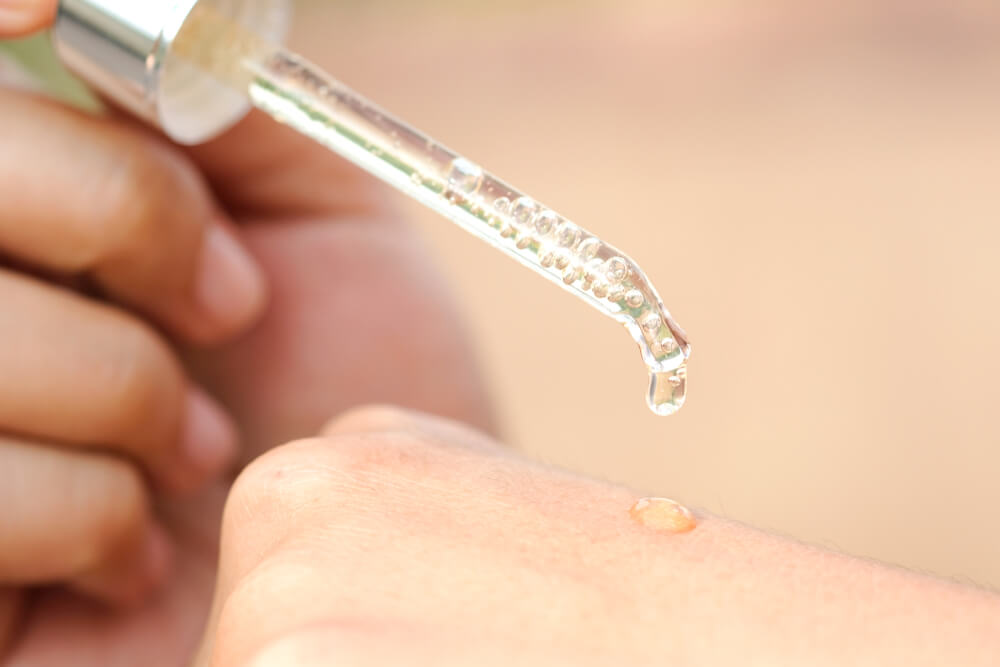
Ok, let’s begin with the one thing that may put you off lactic acid…
It comes from sour milk.
But don’t be grossed out just yet – it’s simply a compound that’s produced as a byproduct when sugar and starch ferment in milk. As you likely already know, fermentation is great for the body, and while you may not want to drink sour milk, this compound created by the fermentation process can work wonders on the skin.
This means that the lactic acid in your skin care product hasn’t actually come from sour milk. Instead, this same compound has been synthetically-produced in a lab, leading to a form of lactic acid that’s completely stable, sterile, and safe to use.
For those of you with dairy allergies or lactose intolerance, this also means that a reaction to lactic acid is very unlikely.
What Does Lactic Acid Do for the Skin?
This could take a while, so let’s first go over how lactic acid actually works.
Just like other alpha hydroxy acids (AHAs), which will be discussed further on, lactic acid is a chemical exfoliant. It works by dissolving the natural glue that keeps dull and dead skin cells attached to the surface of your skin, allowing your skin to naturally shed them instead. This exfoliation process leaves you with a brighter and clearer complexion.
Now, all of the other AHAs work in the same way, but they each have their own additional benefits too, including lactic acid.
Wrinkle Reduction
Those looking for an exfoliant that will also help them in their anti-aging game have now found it.
Lactic acid is able to seriously reduce the look of fine lines and wrinkles, giving the skin a tighter finish. The stronger the concentration of lactic acid you use, the better, with a 12% concentration being the highest tested. Of course, if you have sensitive skin, then you will need to go for something lower, which will be discussed further on.
Increases Moisture Levels
One of the reasons why lactic acid is the exfoliant of choice for people with dry skin is because of how it helps to boost skin moisture levels.
It does this through a two-step process, with the first being to increase skin cell turnover. This means that your skin starts to produce fresh and new skin cells at a much faster rate than it used to, saving those old and rough skin cells from having to stick around for quite so long.
Now, all of those new skin cells that lactic acid helped to create will have improved moisture retention capabilities. This gives the skin a soft and smooth plumpness, helping to counteract dryness.
Acne Fighter
It’s usually beta hydroxy acids (BHAs) that are recommended to people with acne over AHAs. This is because of the way in which BHAs are able to penetrate deep into the pores, clearing out any blockages while also reducing oil production.
However, lactic acid can help in the fight against acne too…
Studies have found that lactic acid is pretty much just as effective as BHAs when dealing with acne breakouts.
However, lactic acid also has the added benefit of helping to increase skin moisture levels. Those who suffer from acne also unknowingly have dehydrated skin, and the reason that their skin produces so much excess oil is to try to compensate for this.
By increasing skin moisture levels, sebum production often slows down, which helps to prevent acne breakouts from occurring in the long run.
One thing to keep in mind when you first start using lactic acid to deal with breakouts is…
You may actually experience an increase in breakouts to begin with.
Granted, this doesn’t sound like much fun, but it’s actually completely normal – it’s a process known as purging.
Due to the way in which lactic acid increases skin cell turnover, all of those older cells that were cluttering up your pores will be pushed to the surface, which can trigger breakouts.
However, don’t let this put you off – keep at it with the lactic acid, and once those breakouts clear, acne should hopefully be a thing of the past.

How Does Lactic Acid Compare to Other Hydroxy Acids?
Some of the most popular alpha hydroxy acids out there are:
- Glycolic acid
- Malic acid
- Citric acid
- Mandelic acid
So, how does lactic acid compare to them?
Well, when it comes to potency, nothing beats glycolic acid. But this pure strength isn’t always a good thing…
People with dry or sensitive skin types need to make sure that the products that they are using do not disrupt the skin’s natural protective barrier in any way.
Unfortunately, that’s exactly what glycolic acid does. This is why it’s so effective, but also why it can be extremely problematic for certain skin types.
You don’t need to worry about this with lactic acid.
It’s know for being extremely gentle, yet its effects are still noticeable. This means that lactic acid is a good exfoliant to use for people with all skin types.
What Concentration of Lactic Acid is Best?
Lactic acid products designed for home use will usually contain a lactic acid concentration of between 5% and 10%.
You may be tempted to go for the strongest concentration that you can find, but, again, keep your skin type in mind.
Those with sensitive skin would be best off starting with a lower concentration. Once your skin has grown accustomed to the ingredient, you could then try something stronger in the future.
Those with a normal or oily skin type would be able to start with a stronger concentration.
Now, if you really want to give your skin a powerful dose of lactic acid, then your next option would be a one-time professional lactic acid peel. These are available from dermatologists, and while they do bring about faster and deeper results, it can take up to two weeks to recover from the treatment.
How to Start Using Lactic Acid
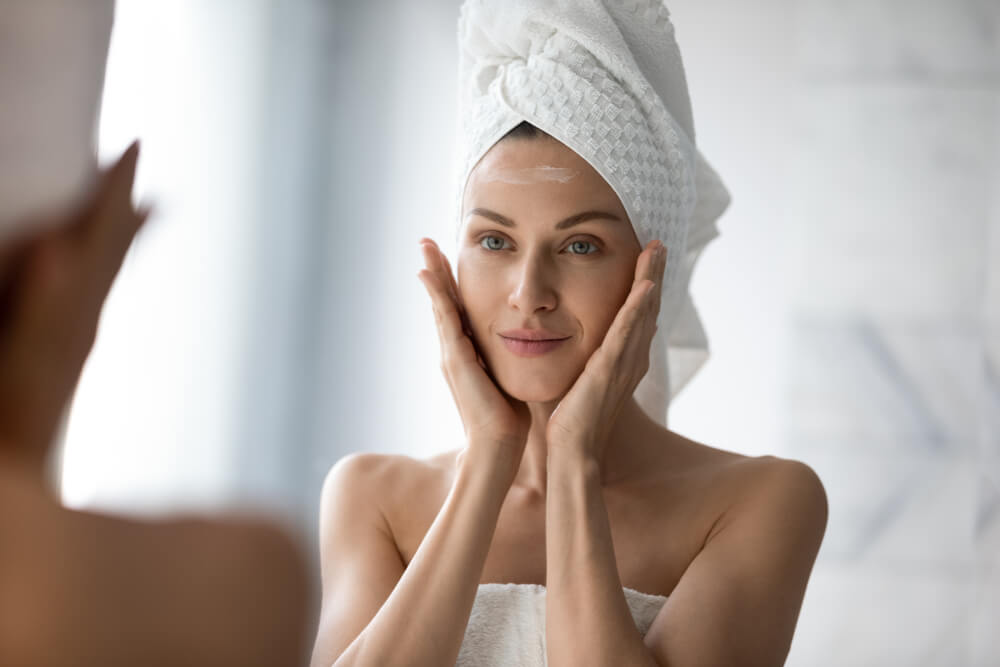
So, you’ve found a lactic acid product that you’re excited to start using, but how exactly should you introduce this powerful ingredient into your skin care routine?
If your skin has freaked out about new ingredients in the past, then you’re right to be wary. Even if your skin seems to tolerate just about everything, it’s always best to introduce acids in small doses.
Just like when you start using any new skin care product, perform a patch test with your new lactic acid product.
This means applying it to a small patch of your skin, usually the wrist, and then waiting for 24 to 48 hours. If you don’t experience any reactions or redness in the skin in this area, then chances are that the rest of your skin won’t react to the product either.
Then, no matter how tempted you may be to dab on that lactic acid exfoliant every day, use it just a couple of times a week to begin with.
You can then start to increase this, once you have given your skin some time to get used to the ingredient.
One other thing to remember is…
Lactic acid is going to make your skin more sensitive to the sun. This means that sun damage will occur much faster, since your skin won’t be able to defend itself in the same way it used to.
Why does this happen?
Because of the way in which lactic acid removes those older skin cells that sit on the surface of your skin, since those skin cells would have provided your skin with some extra sun protection.
Don’t worry, all this means is that you need to be more diligent about sunscreen use once you start using a hydroxy acid. Keep reapplying this throughout the day, even during the winter months.
It would also be a good idea to save your lactic acid use for evenings to start with. This way, you won’t be exposing your skin to the sun while it is at its most vulnerable.
Don’t Forget to Moisturize
You should never leave your skin bare after exfoliating, especially if you’re using an ingredient such as lactic acid.
Why?
Because, as mentioned, lactic acid leaves your skin quite vulnerable. One way to help protect it is by applying a moisturizer.
Choose something thick and greasy, as this will form an additional layer of protection over your skin, giving those new skin cells beneath some time to thicken up.
Are There Any Ingredients That Shouldn’t Be Used With Lactic Acid?
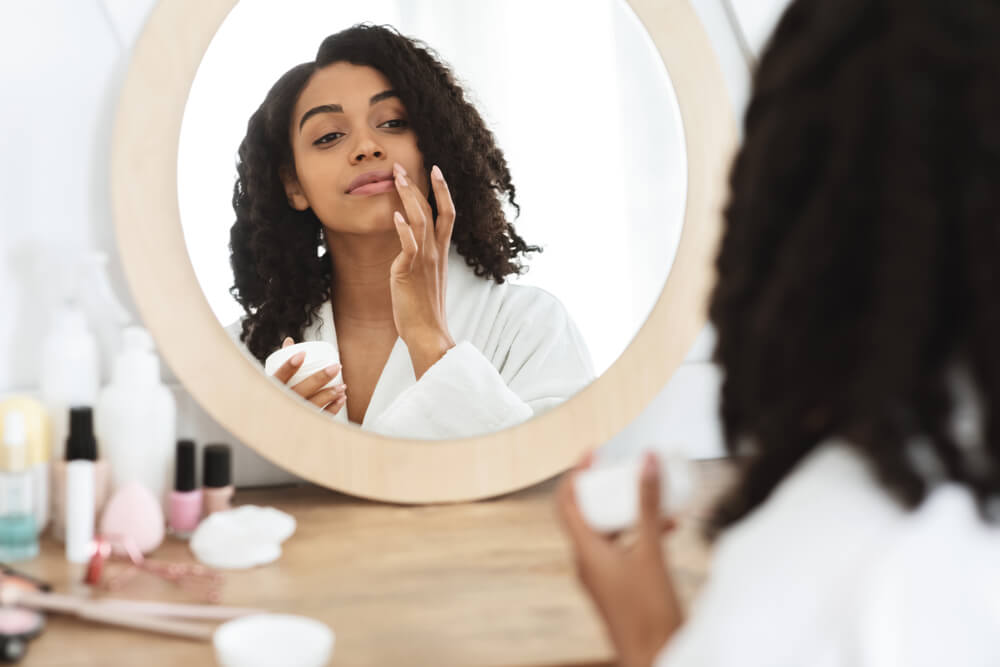
This is something that many people often forget to consider, but there are a surprising number of skin care ingredients out there that are actually incompatible.
Take lactic acid and retinoids for example, which you may find listed on your skin care products as:
- Retinol
- Retinyl palmitate
- Retinaldehyde
These are all forms of the same core ingredient, and should never be used in the same skin care routine as lactic acid.
Why?
Because retinoids also have an exfoliation-like effect, which can quickly leave your skin raw.
Lactic acids should also never be used with any other exfoliating acids, unless a product has been specifically designed to contain a combination of hydroxy acids.
Why?
Because over-exfoliating can lead to some major skin issues, which you will find out more about below.
Does Lactic Acid Have Any Side Effects?
All alpha hydroxy acids can have side effects, lactic acid included.
The first is a skin reaction. However, if you follow the advice above when first introducing lactic acid into your skin care routine, a reaction will be highly unlikely.
The next side effect you may have to deal with is inflammation. Again, this isn’t usually down to the lactic acid itself – instead, it’s usually caused by people over-using lactic acid.
This is a common issue also known as over-exfoliation. Symptoms include:
- Irritation and skin peeling
- Inflammation and redness
- Acne breakouts
- Increased skin sensitivities
If you think that you may be experiencing the symptoms of over-exfoliation, you need to immediately stop using any exfoliating products. In fact, stop using most of your skin care products – strip your skin care routine right back to basics to give your skin some time to heal.
Lactic acid truly is an ingredient that all skin types can benefit from. Whether you’re completely new to exfoliating acids or you’re a pro that hasn’t yet given lactic acid a try, this ingredient is one that really is worth adding in to your skin care routine.

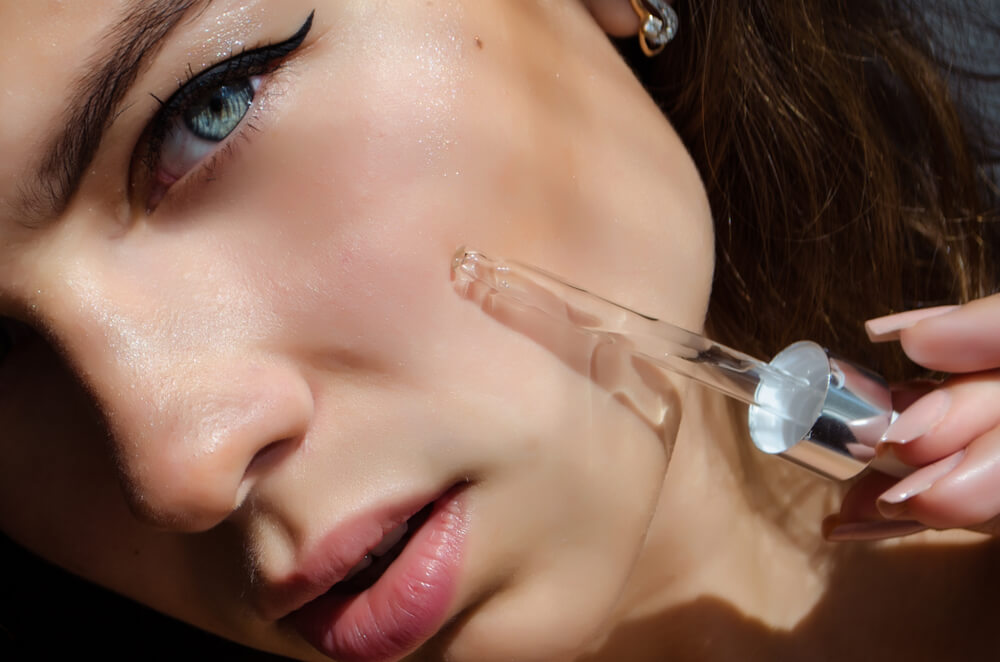
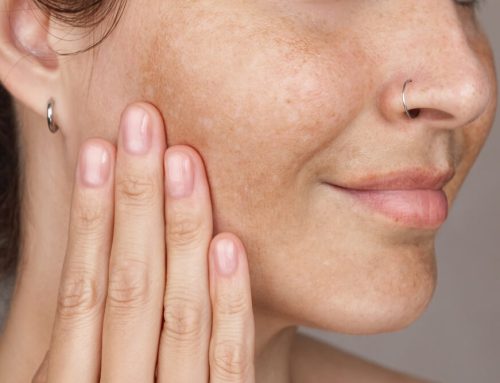
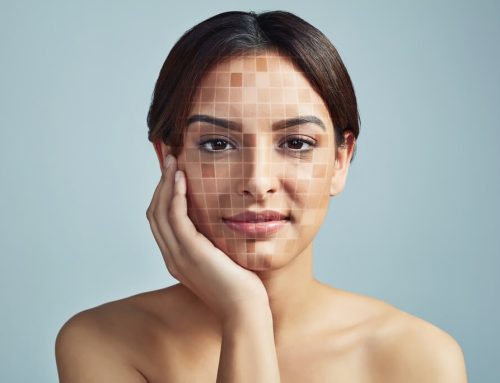
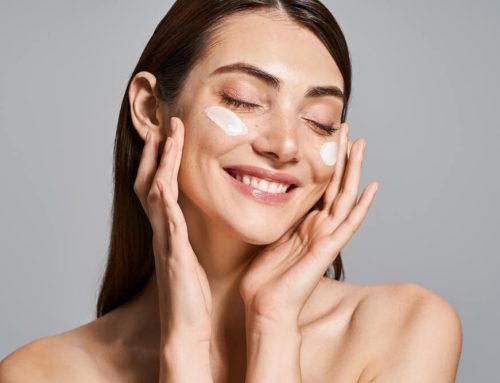

Leave A Comment